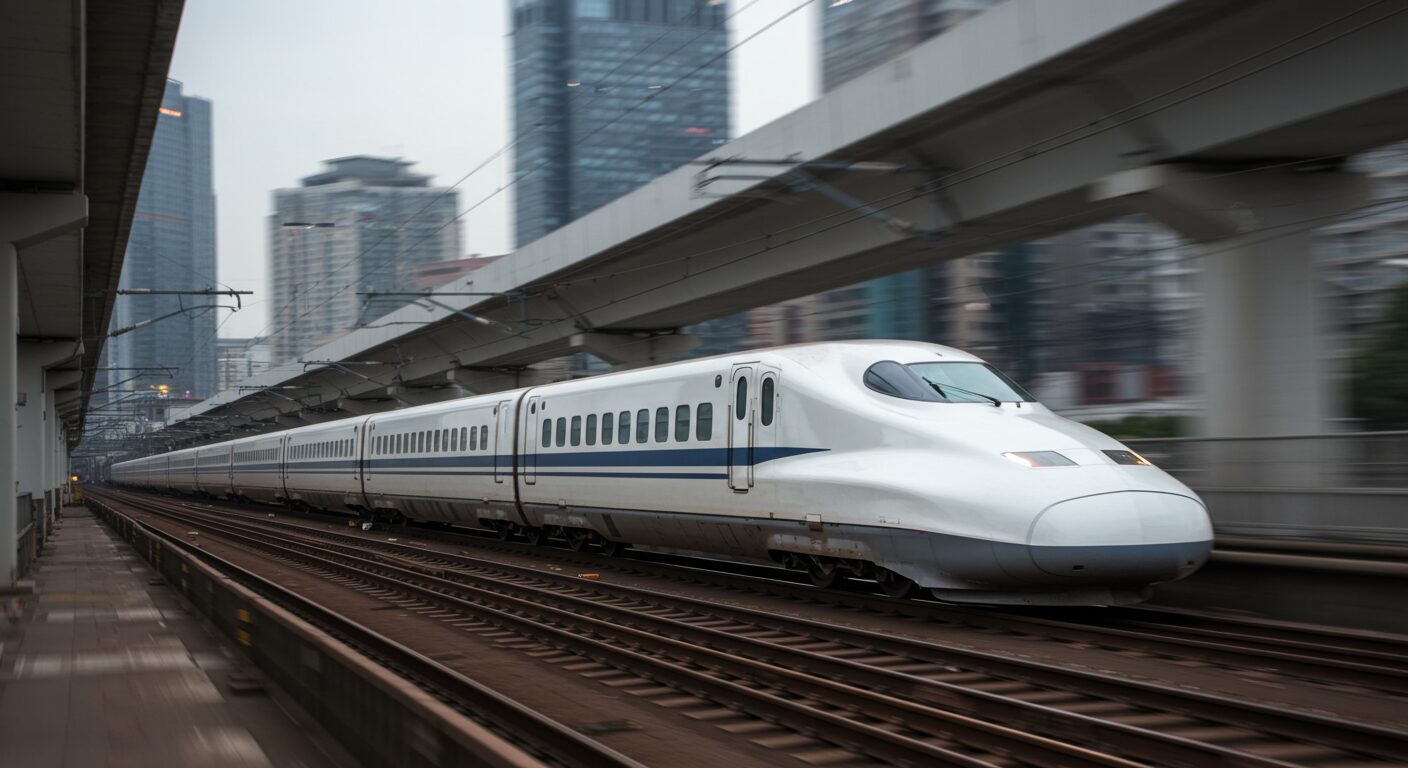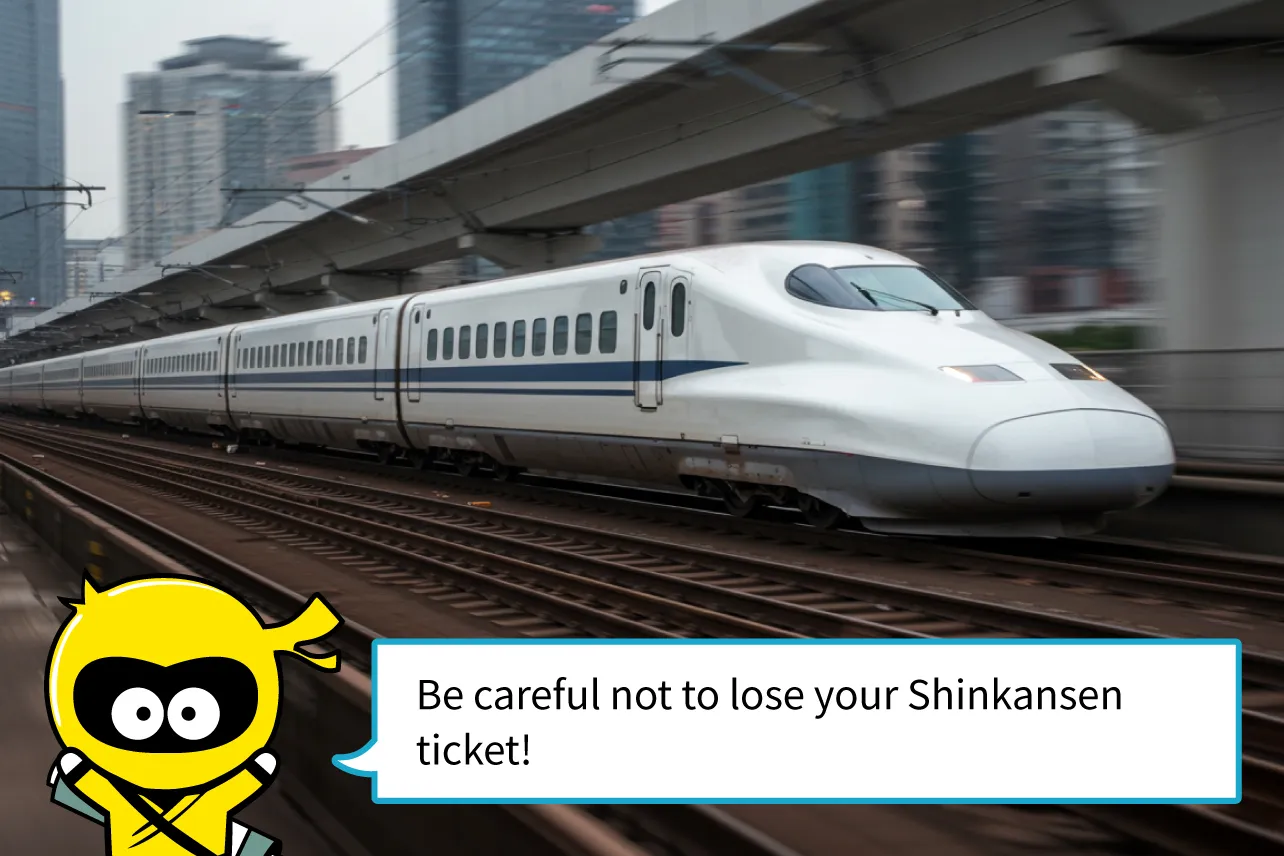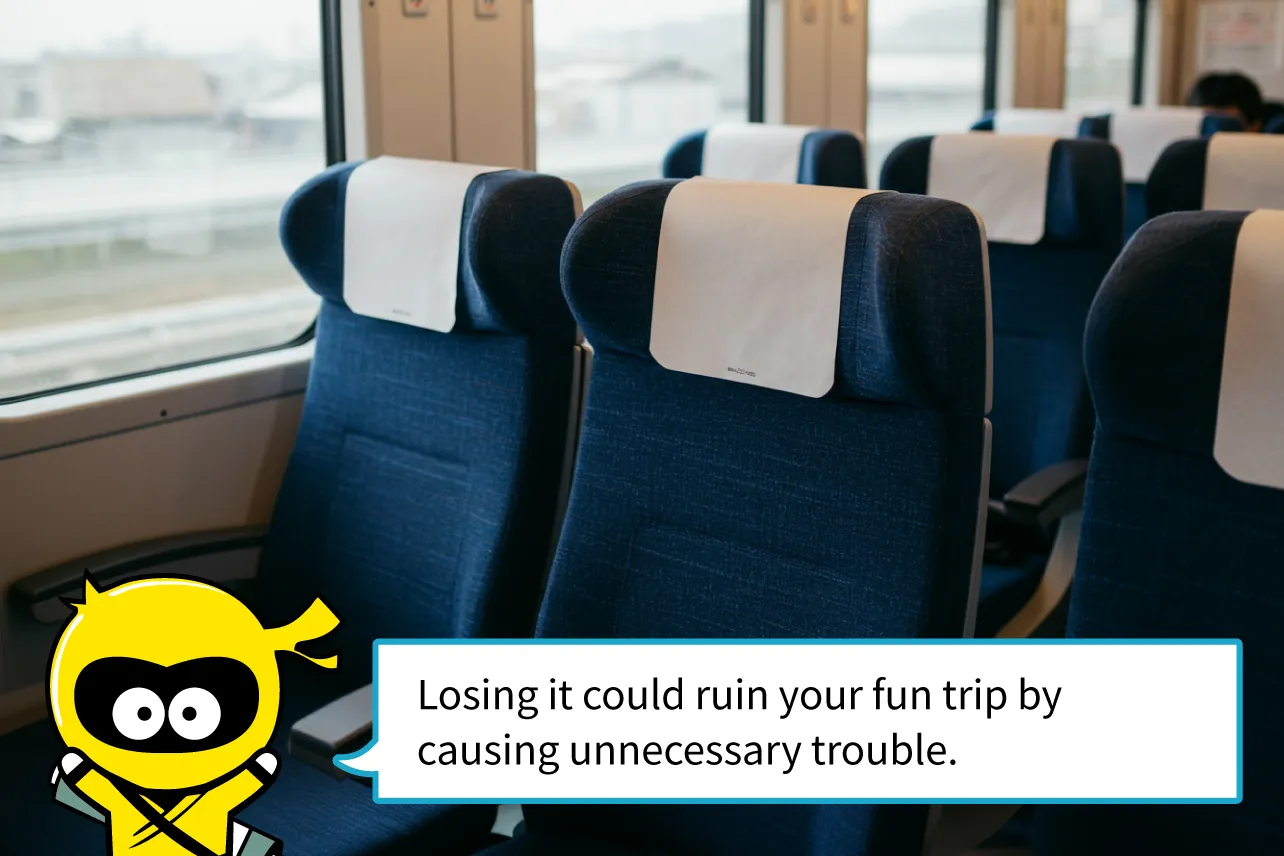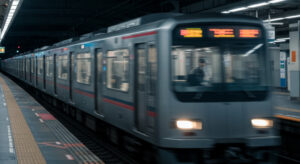

What’s the Difference Between Reserved and Non-Reserved Seats?
There are two main types of seats on Japan’s Shinkansen: reserved seats and non-reserved seats. Reserved seats come with a specific car and seat number printed on your ticket, ensuring you have a spot. Non-reserved seats are available on a first-come, first-served basis, which means you might have to stand during busy times. If you’re unfamiliar with Japan’s train system, it’s important to understand the difference before boarding. Choose the right seat type to match your travel style and avoid confusion.
Understand the Types of Shinkansen Tickets


Shinkansen travel requires two tickets: a base fare ticket and an express ticket. The express ticket comes in three types: reserved seat, non-reserved seat, and Green Car (first class). Knowing this in advance can help you avoid confusion when buying tickets. You can get tickets online, from vending machines, or at travel agencies. No matter the method, make sure you’re aware of the differences between seat types to ensure a smooth and comfortable ride.
How to Buy Reserved Seat Tickets (At Station or App)
You can book reserved seats at ticket counters, vending machines, or via smartphone apps such as JR East’s “Eki-net” or JR West’s “e5489.” Many machines support English, making them easy to use for foreign travelers. During peak seasons or busy times, it’s best to reserve early. Always double-check your ticket to confirm that it says “Reserved Seat” and shows your seat number, so you don’t accidentally sit in the wrong spot.
Can You Sit Anywhere with a Non-Reserved Ticket?
Yes, with a non-reserved ticket, you can sit in any available seat in designated non-reserved cars. However, seats are not guaranteed, and you might have to stand during rush hours. Non-reserved cars are typically located at either end of the train. Look for signs and digital boards on the platform showing which cars are non-reserved to avoid boarding mistakes. Understanding these basics helps ensure a more comfortable ride on the Shinkansen.
You might be interested in this
How to Read the Signs at the Station
Shinkansen stations have clear signage indicating where reserved and non-reserved cars stop. These signs are often in English, Chinese, and Korean as well as Japanese, so they’re easy to follow for international travelers. Pay attention to the digital displays, floor markings, and platform signs to board the correct car. This helps prevent the common mistake of sitting in the wrong section.
Using Digital Displays and Car Number Signs
The digital displays on Shinkansen platforms show departure times, train names, destinations, and seating types for each car. The outside of each train car is also labeled with a large car number. Use these together to verify whether you’re boarding a reserved or non-reserved car. This is one of the most important manners for riding the Shinkansen in Japan.
What Happens If You Sit in the Wrong Seat?


If you accidentally sit in a reserved seat with a non-reserved ticket, you’ll have to move if the correct passenger arrives. A conductor might also ask you to pay the fare difference. While it’s possible to sit in a non-reserved seat with a reserved ticket, your seat is not guaranteed. To avoid trouble or embarrassing situations, always sit in your assigned spot and double-check your ticket before boarding.
Important Tip: Luggage Space and Seat Types
If you’re traveling with a large suitcase, it’s best to reserve a seat in the rear of a reserved car, where luggage space is available. Since 2020, some Shinkansen routes require you to book a specific space for large luggage. Non-reserved cars have limited storage and may be inconvenient during crowded times. To travel smoothly, understand both the seat and luggage policies before you board.
Busy Times for Reserved Seats on Popular Routes
Routes like Tokyo–Kyoto–Osaka or Tokyo–Shin-Osaka–Hiroshima are especially popular with tourists. Reserved seats on these lines can fill up quickly during weekends and holiday seasons, so booking early is essential. Non-reserved seats can also be crowded, so a reserved seat offers peace of mind. Plan your trip with enough buffer time and make sure you don’t confuse the seat types when buying tickets.
Checklist to Avoid Shinkansen Seat Mistakes
Here’s what to double-check before boarding the Shinkansen:
- Does your ticket say “Reserved Seat” or “Non-Reserved Seat”?
- Check the car number and seat number on your ticket
- Know the peak travel hours
- Be aware of your luggage size and storage options
- Pay attention to signs and platform displays
By following this checklist, you can avoid mistakes and enjoy a stress-free journey in Japan. Being prepared helps you avoid confusion between reserved and non-reserved seats on the Shinkansen.




